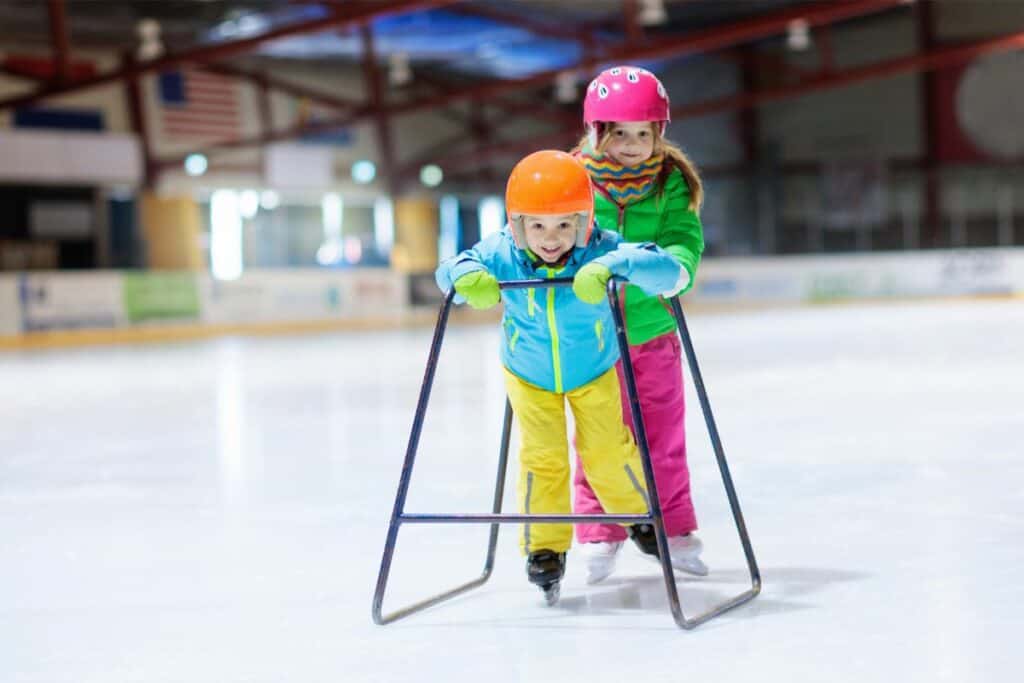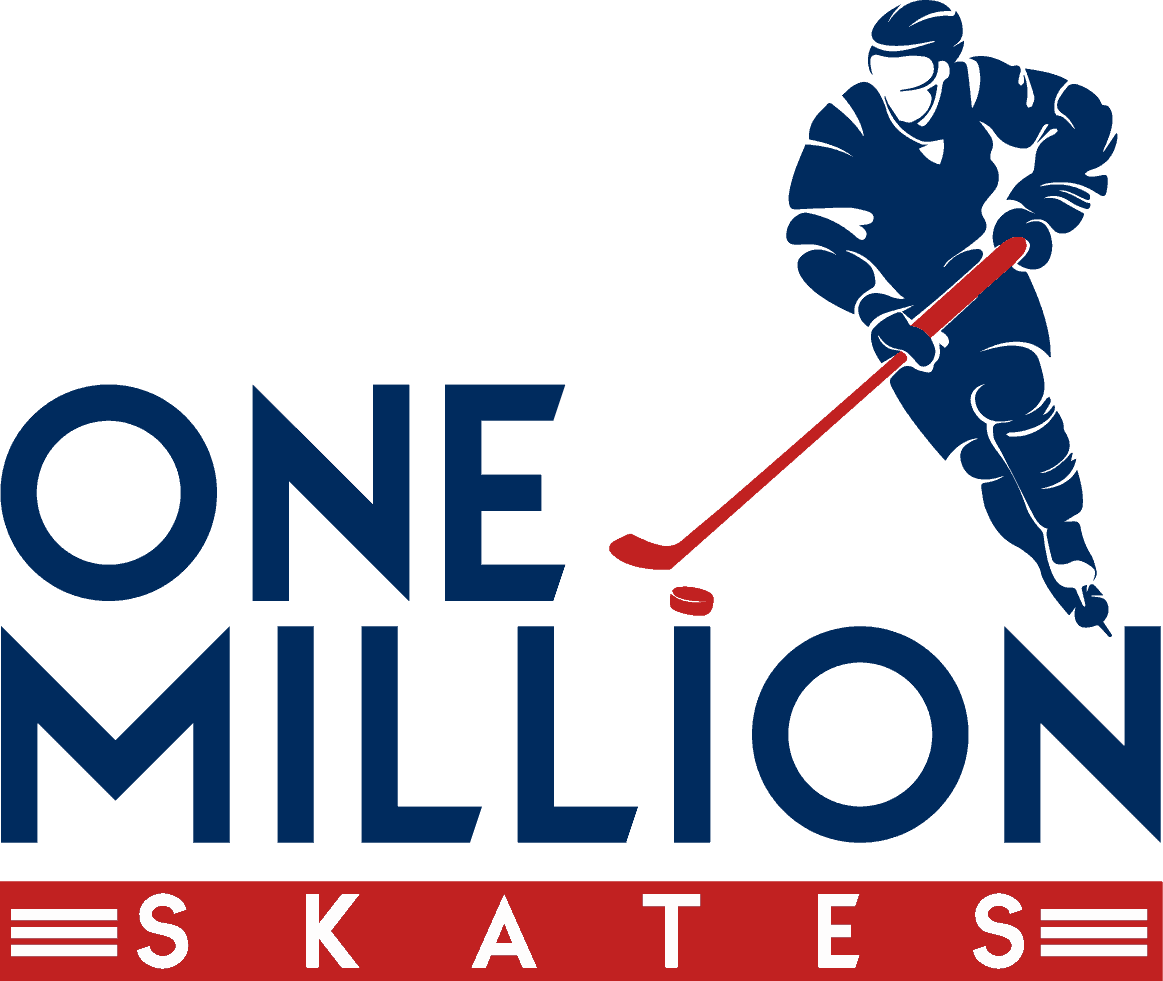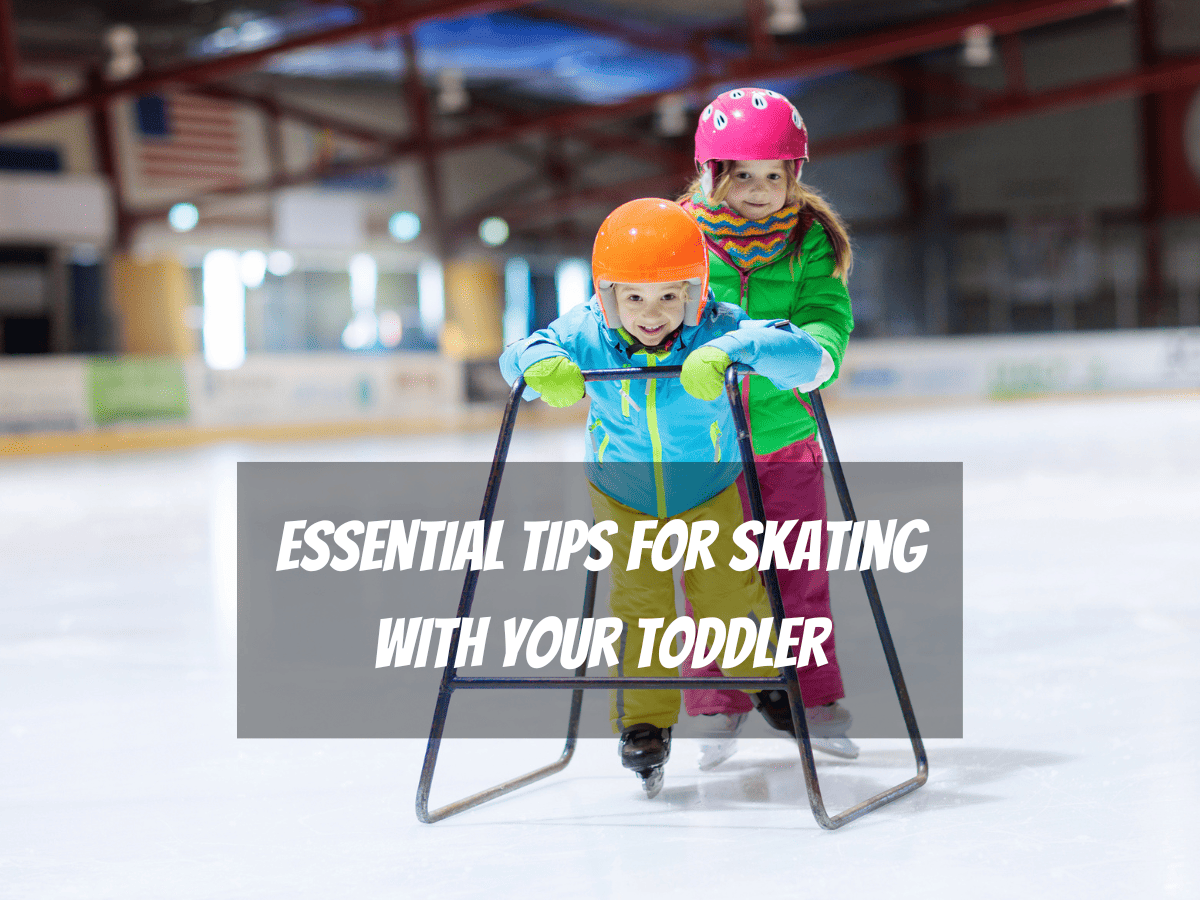Ice skating with your toddler can be a great bonding experience. Ice skating is a great way to exercise because it demands focus, core muscles, and concentration.
Introducing your toddler to ice skating can be an excellent way to bond with them, as well as teach them a useful skill.
Whether you want to show them how to move their body in a constructive way or spend a few hours a week enjoying quality time with your toddler.
Here are ten tips that can help you teach your toddler how to ice skate and what you can do to guide them and give them the best possible start to ice skating.
When you are teaching your toddler how to ice skate, it’s important to be patient and flexible with them.
This is because they can get bored or lose interest easily.
Figure Out When They’re Ready
The first thing to think about is whether your toddler is ready for the ice.
There is no age restriction, and it is normally a result of their parents’ judgement.
If your child has started to show an interest in skating, or if they like to watch you on the ice, then it could be time to get them started.
As long as your toddler can understand basic directions verbally and walk, then there is no reason why you shouldn’t try to teach them to ice skate.
Communication is key when you are teaching them any new skill that needs concentration and requires guidance.
In general, it is recommended that children between the ages of 2 and 3 are taught to ice skate.
However, every toddler is different in terms of their developmental progression.
Because of this, the decision typically depends on the decision of their parents.
Some parents choose to wait until their child is a little older.
Generally, it is up to the parent or guardian to make that decision.
As long as you are giving your child plenty of choice and support, then this choice remains up to you.
Getting Your Toddler Ready
The next thing to consider is getting your toddler protected from injuries on the ice.
Make sure they wear a helmet, and knee pads so that they are less likely to get significantly injured.
You could also purchase some gloves or mittens with a protective layer against the ice.
This can help them to get back up easily when they fall, and push off from the edge of the ice while keeping their hands warm.
Similarly, you should check that your toddler has the right socks for skating in.
These should be warm but thin socks that fit them correctly.
Unlike thicker socks, these allow your child to practice good balance inside their ice skates, and promote correct circulation.
Comfortable clothes that your toddler can easily move in are also ideal.
However, you should avoid overly thick clothing or anything that has more loose fabric.
This can get caught when they fall onto the ice, and potentially lead to severe injuries.
It is generally recommended to avoid these kinds of clothes if possible and keep it simple.
Remember that there is no point in purchasing expensive clothing or skates for your toddler.
Their bodies are growing fast, and a particular item will not last a great deal of time with regular wear and tear.
As a result, it is better to find more affordable options second hand, or from the thrift store.
Choose A Child-Friendly Rink Time
Another important factor to prepare for is that the rink will have designated child-friendly times.
You will not want to teach your child to ice skate during the busiest times of day.
They can easily become overwhelmed and not want to concentrate on their lesson.
Child-friendly sessions or planning your trips when the rink is quieter are the key to teaching your toddler how to skate.
This is because you will be able to hold their attention for longer without distractions.
Quieter rink times are recommended, or any session that is child-friendly in general.
This prevents you and your child from getting crashed into by more experienced skaters reaching high speeds on the rink.
Similarly, you should avoid sessions where the rink is filled with distractions.
These include changes to the lights, loud music, and anything else that can make you or your child feel uneasy or overwhelmed.
Check That Their Skates Fit Correctly
Nobody wants to skate wearing ill-fitting ice skates.
The same applies to your toddler, and they are far less likely to engage in a lesson or give you all of their attention when they are not wearing skates that fit correctly.
Consider boot-style skates which are easy to adjust with their growing feet.
There are many brands available to choose from, which offer various amounts of comfort and protection.
It is also worth deciding whether you want to teach your child using figure skates or hockey skates.
Anybody can learn how to skate with either of these, but hockey skates typically encourage more agility.
On the other hand, figure skates promote balance, which means that your child is less likely to fall on the ice.
Look For Classes
It can be frustrating to teach a toddler how to do anything, let alone how to ice skate.
Because of this, you could get a break by enrolling your child in a class for beginners.
This could be ideal for their social development, and act as a way of applying what they learned with you.
Classes are safe and effective ways for your child to learn skating correctly.
You may not be aware of the right ways to teach them, and the kinds of habits which you need to instill from a young age.
Because of this, enrolling them in some classes can give them a great kick-start on their skating skills.

Consider Training Aids
In addition, it is worth thinking about the type of training aids, if any, you want to use.
When you are teaching your toddler how to skate, they may find it easier to use you or a balance aid to prevent falling.
You can add support when you are skating with them by placing your arms underneath their arms.
They can then hold onto them when they feel like they need support, and have the added reassurance of knowing they are protected from falling backwards.
However, it is crucial that your child figures out the right balance for themselves.
Make sure they are comfortable early on in this journey, so that they feel comfortable and confident on the ice.
Avoid standing in front of or alongside your child when you are acting as their support.
If your toddler is the correct height for it, then you could see if an ice walker works for them.
These can, however, lead to incorrect balance development which is caused by individuals hunching over the walkers.
Consider an ice walker if you want to build confidence on the ice and get your child ready for skating unaided.
Start By Marching
When it comes to teaching your child the right motion for skating, you should start by getting them to use a marching motion.
Marching like a penguin on the spot allows your child to figure out the movement involved and transferring balance between their feet on the ice.
Moving their weight from one foot to the other is important because it shows that your child is in control, and that they can move their feet freely.
It may seem like a relatively simple motion, but it can do a great deal in building your child’s confidence and making them feel like they are in control of their feet on the ice.
Over time, this motion will cause them to push themselves forward.
If you want to encourage them, then you can instruct your child to see what that leads to, and see them begin to glide.
However, if you want to teach them in stages, then you can focus on the marching before moving on to gliding.
Fall On Purpose
Another thing to do during some of the first ice skating lessons with your toddler is to fall on purpose.
This is a great way of teaching them that there is nothing to be afraid of, and show them how to safely get up.
It can seem terrifying for a young child, and may lead to tears at first.
However, once you show them that there is nothing wrong with falling or slipping, then they will be far more confident on the ice.
Teaching them how to fall, and what parts of the body to land on is a great way of making them feel safer.
Similarly, you should show your child how to get back up afterwards. It is generally safest to maneuver onto your knees before standing one leg at a time.
Make sure you practice this with your child on solid ground before getting them to do this on the ice.
If your child seems particularly fearful about falling, then you could do this with them.
Alternatively, you could fall randomly so that they can instruct you on the safest way of getting back up.
This can be a useful way of checking that they have processed what you taught them.
Teach Them To Stop
Likewise, you should teach your child how to stop when they are on the ice.
This allows them to go faster without worrying about slowing down or crashing into someone.
Check that your child can stand with their feet together and push outwards.
The snowplow is one of the safest ways of teaching your child to stop on the ice.
Show your child how to bend their knees, bring their toes together, and push down for balance.
They will then naturally come to a stop. They can then push off from one foot, and set off again at their own pace.
Moving Towards Gliding
Once your child has mastered the marching technique and knows how to safely stop, you can let it slowly evolve into gliding.
Make sure you show your child to keep their feet still when they are gliding, so that they can control the direction without getting too fast.
Some parents call this changing loud feet to quiet feet, which can be an effective way to explain what happens when they keep their feet moving.
Balance is key during this stage, and it is likely that your child will fall onto the ice at times.
Remember to reinforce what you taught them, and to show them that ice skating is easier than they may have first thought.
Summary
Ice skating can be a great way to bond with your toddler and begin creating a method of spending quality time with each other.
Falling on purpose and demonstrating certain things for them allows them to see that you do not take life too seriously.
For your child, this can be highly beneficial for reducing the fear and anticipation of falling that they may have.
The order of steps that you choose to use is relatively flexible.
This means that it is up to you to decide what type of approach you should use when you want to teach your toddler how to skate.
Consider enrolling them in classes for additional support, and make sure that your child is able to make a decision about their interest in skating.
This remains up to parental guidance, and communication.
As long as your child is able to walk unaided and follow basic directions, then there is no reason why your toddler should not learn to skate on ice.
From figure skates to hockey, there are a range of second hand ice skates available in stores across the country.
Save a little money and remember that your child will grow out of designer items intended for use on the ice.
Make sure to reinforce skills that they have learned with praise and rewards like their favorite snack for the ride home afterwards.

